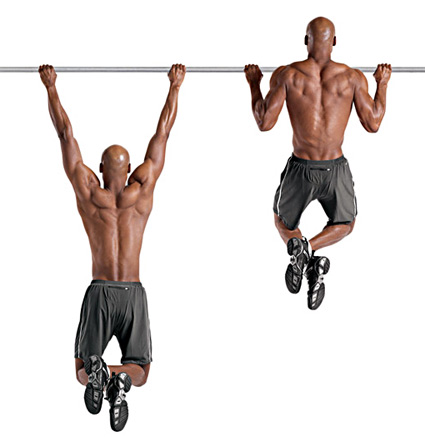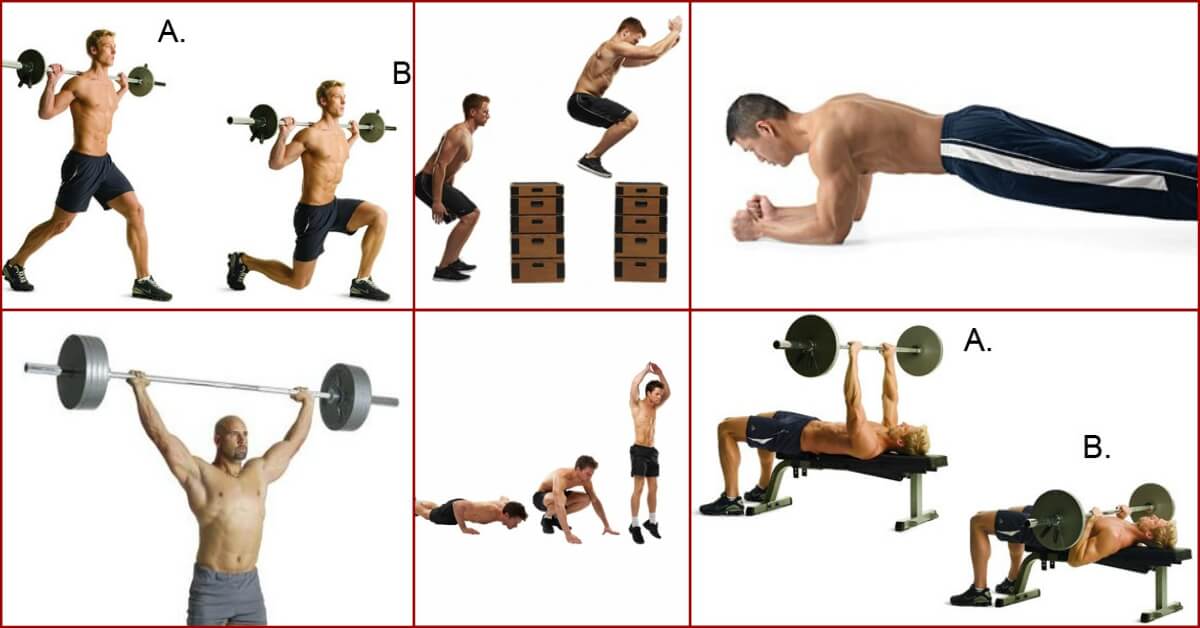You may be working hard, but i guarantee you’re not working to your full potential, or seeing the results that you desire. This is because your routine, or the repetitive exercises aren’t really benefiting you.
Strength training athletes are known for following a set routine each time they enter the weight room. Strength routines need to be repeated for a period of time in order to be effective. In fact, if you’re just starting a new routine, there are major benefits in doing the same thing consistently. That’s because in the first four to six weeks, the improvements you’ll experience are mainly because your brain is learning how to most efficiently recruit your muscles to complete the moves.
This doesn’t translate into increased muscle size fast. “A good general time frame to expect noticeable progress is 12 to 16 weeks, but it varies by person and intensity of training.” If you’re starting a new plan, commit to that 12-week time frame. But after that, your body adapts to the routine, you’ll need to vary your plan in order to continue to reap the benefits and keep seeing results.
Below we have 6 common exercises performed and some great alternatives to help speed up those desired results!
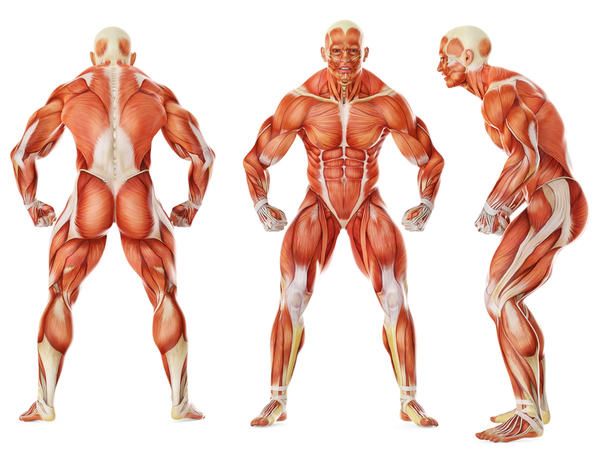
1. Barbell Bench Press
The bench press is popular because it’s one of the three powerlifts, also because it’s evolved into a premier strength standard. There are, however, much better movements for sport-specific strength or catching upper body musculature.
The bench press is a core fundamental exercise for developing upper body strength, you’re not only working your pectorals (chest), you are also working your anterior deltoids (front shoulders), triceps brachii and latissimus dorsi (back).
As far as strength standards are concerned, you don’t need to know how much someone benches to know how strong they are. Do you really need to know how much other guys can flat barbell bench to rate their strength levels?
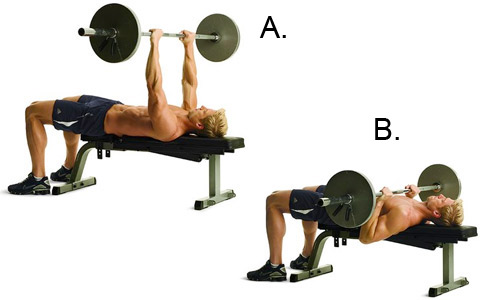
Beneficial Alternative:
Do not give up the barbell bench altogether, instead rotate it with other great exercises like:
- Incline dumbbell presses.
- Dips.
- Ring push-ups.
- Football-bar benches.
- Machine work.
 2. Planks
2. Planks
We need to focus on activities that burn lots of calories, either during, and/or after the activity itself. What burns calories is doing work. Work is defined as moving a mass over a specific distance. Any time you increase the weight or increase the distance (range of motion) you’ve worked more and therefore have burned more calories.
Planks have no range of motion. Planks hurt a lot and you’re burning a few calories, but not many. So planks are of low benefit. While they might increase your core stability, your core is probably strong enough anyway.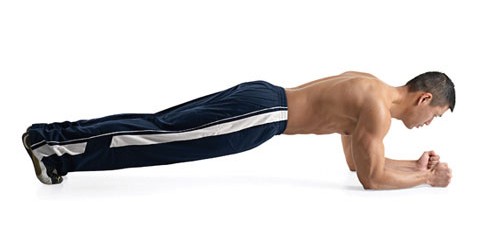
Beneficial Alternative:
Try a rollout, rollouts are great because they can be scaled to any level of ability, unlike planks, they actually provide significant benefit in terms of getting stronger and burning calories. Rollouts aren’t just an “ab” exercise, they pose a huge demand on the lats as well. This means enhanced strength as well as increased metabolic cost.

3. Burpees
While burpees burn calories, they might provide a bit of strength and cardiovascular benefit, there are certainly less miserable ways to achieve the same benefits.
The burpee is a full body strength training exercise. With every rep, you work your arms, chest, quads, glutes, hamstrings and abs. After a few sets of burpees, your legs should feel a little bit like lead.
But burpees are psychological. They fall into the category of “punitive” exercises like push-ups, sit-ups and running laps.  Beneficial Alternative:
Beneficial Alternative:
The better alternative to burpees is anything that works. There’s nothing intrinsically wrong with the movement. They just receive an inordinate amount of attention relative to their value. Do them for an occasional change of pace or if you happen to find them fun. Why not try jumping squats or other exercises with the same form of explosive movements?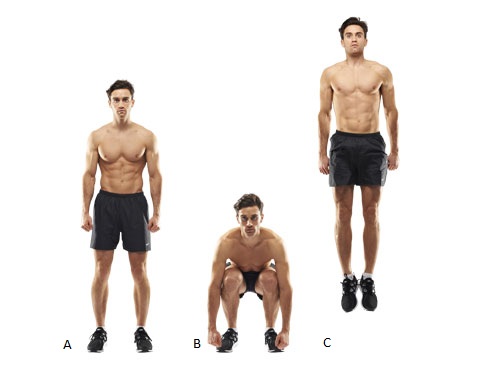
4. Box Jumps
Risks aside, box jumps can be fun and the movement doesn’t get enough attention when it comes to fitness. Box jumps don’t make a lot of sense on several fronts though:
- They don’t accurately measure jumping ability. Because your ability to jump onto high boxes relies more on your ability to land in a tucked squat position than it does on true jumping power.
- Box jumps don’t make you stronger or more muscular.
- Box jumps, as mentioned, tend to be high risk, not only in terms of Achilles ruptures, but also falls and related mishaps.
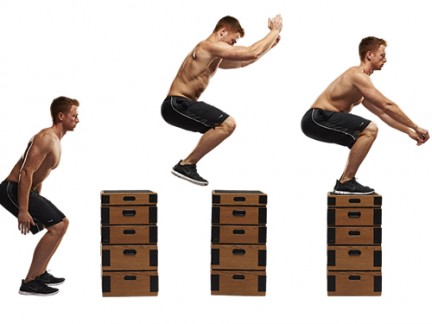 Beneficial Alternative:
Beneficial Alternative:
If you’re looking to measure true jumping ability, the standard vertical jump, or even better, the standing long jump are better barometers.
If you’re simply trying to get stronger and leaner, stick to the proven classics like squats, deadlifts and various types of lunges. These alternatives are better suited for the development of strength and muscle growth.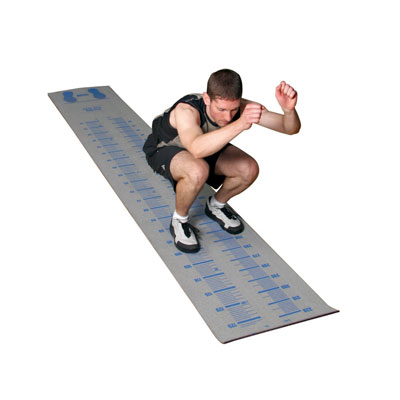
5. Walking Lunges
Lunges are a valuable movement, but the walking lunge is problematic, especially for the other gym members who need to circumnavigate “walking lungers” when they’re trying to do their own workouts.
When most people do this movement, their mind starts to drift. You start thinking about distance covered rather than good lunge technique. Walking lunges need to be done with good form. Walking lunges boost the flexibility of the hip flexor muscles. Apart from stretching exercises, lunges are a remarkable way to bring some flexibility to the hip and thigh muscles.
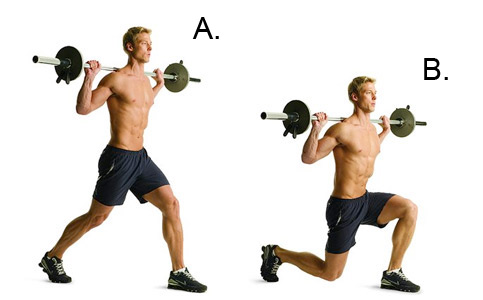
Beneficial Alternative:
The benefits of walking lunges can be attained by either lunging in place, doing knee-friendly reverse lunges, or better yet the forward-reverse lunge.
- Start off in a neutral position with your feet next to one another and then move into a forward lunge with the right leg.
- Move directly into a reverse lunge on that same right leg.
- The same leg will remain dynamic throughout the entire set.
- Then, when all reps are completed, you switch to the other leg.
This delivers the benefits of both forward and reverse lunges in one exercise!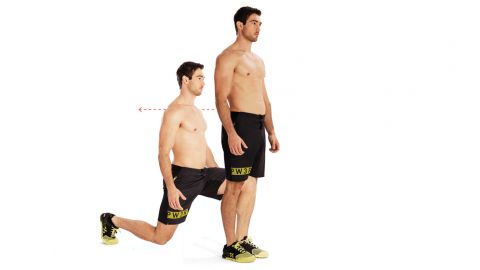
6. Olympic Lifts
The snatch, clean and jerk are great to watch and satisfying to perform when you can do them well. But it’s difficult to justify these lifts if your goal is improved body composition or athletic performance.
The O-lifts fall short for body composition purposes for a number of reasons.
- They require a substantial amount of training before you can use enough load to disrupt homoeostasis.
- They require specialised equipment.
- Offering relatively low time under tension and eccentric muscle action.
Weightlifting movements improve explosive power and dynamic mobility for athletic performance, the inescapable fact remains that there are better and safer ways to achieve the same ends.
Beneficial Alternative:
Whether your goals involve better body comp or improved athletic performance, you’re better off performing the classics such as squats, presses, rows, lunges, deadlifts and pull-ups.